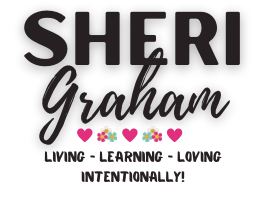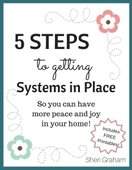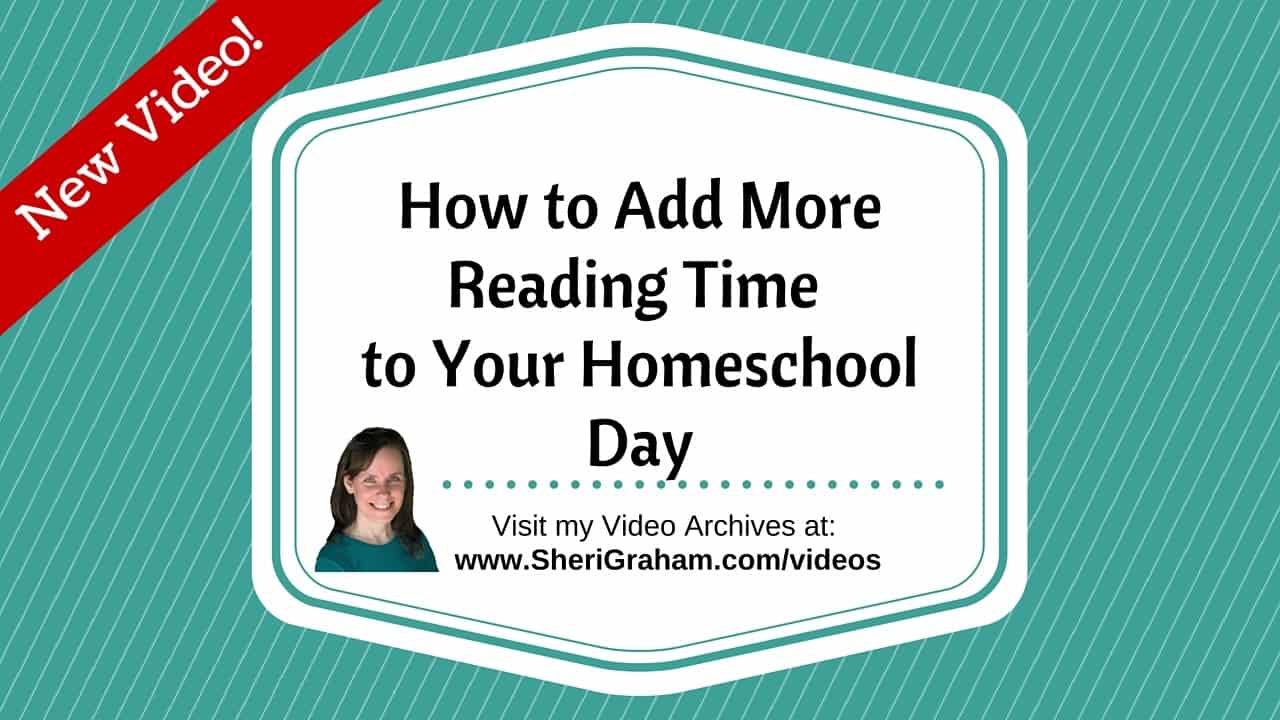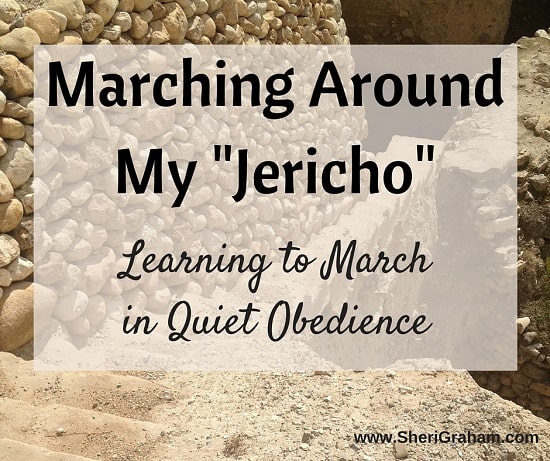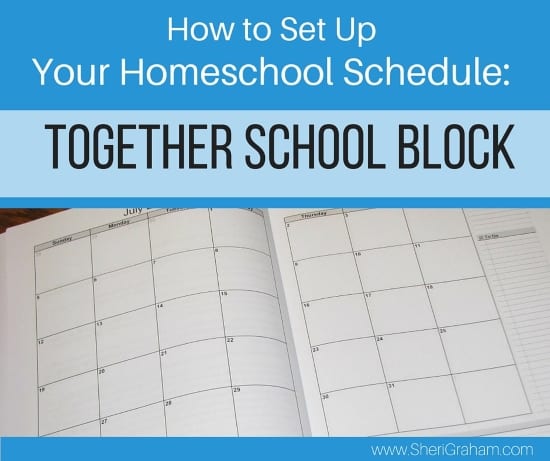Teaching Children Language Arts the Natural Way
Post may contain affiliate links. As an Amazon Associate I earn from qualifying purchases.
There is a temptation to push our children too early, wanting them to excel, but in the process discouraging them and extinguishing their love of learning. You want your children to love learning, to desire to learn more, to be excited about the learning process, but just don’t know how to go about doing that.
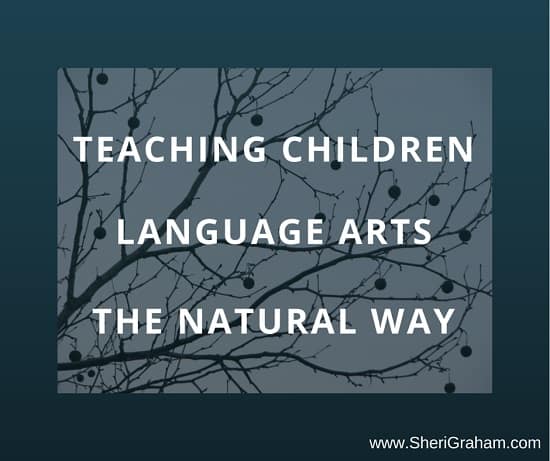
I want to share with you some very natural activities that you can begin implementing into your days…you will be surprised how much your children will learn! Don’t rush into this though. Choose one thing to try. Once you and your children get used to that, then add something new.
The First Step – Determine Your Child’s Interests
Before you begin implementing some of these methods of teaching language arts to your children, first get to know your children. The reason this is important is because you will use those interests as the topic for your language arts instruction. Start by observing your children and asking them what they are really interested in. What is it that they love to talk about, read about, do? Once you have a few ideas for each child, then choose one to start with…or let your child choose one.
Now take that topic and use it as the basis for all these ideas I will share with you:
- Copywork
- Memorization
- Reading Aloud
- Narration
- Real-Life Writing
Give each of your children a 3-ring binder with some sheet protectors inside. Use these binders to put all the fun things your child is going to be writing using these natural methods. As your children catch the excitement of learning this way, you may need to add more binders to their collection as they fill them up. Young children will start with just one binder that may include an assortment of topics and writing, but older children may want to have several binders, each on a specific topic.
Now that I’ve given you the important first step, let’s dig into these natural learning methods! You are going to LOVE this…ready? Let’s go…
Copywork
Copywork is simply having your child copy letters, words, sentences, paragraphs, etc. depending on their age and ability. When children are young, you can have them start by copying the letters of the alphabet or their name. As children get older, you can start having them copy sentences and paragraphs. As they are copying, they are learning sentence structure, punctuation, grammar, spelling, etc. in a very natural way.
One way to choose a selection for your child to copy is to allow your child to pick a topic that they are really interested in, then help them find some good books to copy from. For example, my oldest son loves anything about birds. He reads the field guides like they are novels! I tell him he is my walking bird encyclopedia! When he was younger, since he was so interested in birds, I decided to encourage him to start a bird notebook. I printed out a list of some ideas of things he could include in his notebook: information pages on specific birds, migration maps, instructions on making a bird feeder, information on feeding birds, recipes for making suet and other bird feed, etc. He LOVED it!
I had him work at least 15 minutes on his bird notebook during our homeschool day, but he ended up working on it much longer…just because it was fun and he enjoyed learning about birds. So instead of having my son just copy meaningless sentences from a textbook and being totally bored with it, he was copying tons of bird information into his notebook…and enjoying it! I have several ebooks available that will provide you with a ton of notebooking pages you can print for your children to use! See the section below entitled “What to Use?” for a resource list!
Another option is to assign copywork for your child. This can be selections from the Bible, a collection of neat quotes, etc. When my middle son was 7 I had him work through my The Lord Is My Shepherd Copywork Book. When he was done, he had copied all of Psalm 23. All the pages were put in his 2nd grade notebook to keep. He was so proud of them! There are several other ebooks that I have put together that you might find helpful if you need something to get you started. You can find those listed under the “What to Use” section below!
Memorization
You probably already do some memorization in your home…memorizing Scripture! This is where you can start. Decide on some sort of system for memorizing Scripture. Over the past several years I have enjoyed using a system that I found on the Simply Charlotte Mason website. To see how we are using this system and download some free memory cards go to this page on my site.
After Scripture memory, you can have your child memorize short poems. I started adding this into our homeschool when my middle son was a 2nd grader. I worked through Primary Language Lessons with him and one of the assignments was to memorize a poem. He LOVED it! It took him a few weeks to get the whole poem memorized and then he recited it to the whole family one Friday after our weekly pizza dinner. He couldn’t wait for another one to come up for him to memorize. So…get a good resource that is filled with poems (or start with our A Child’s Garden of Verses Copywork Book that has poems you can easily use-link below under “What to Use” section).
Reading Aloud to Your Children
This is probably one of the easiest (and funnest) parts of our homeschool day! Years ago I established a “read-aloud time” in our day. For those of you not familiar with a “read-aloud time”, it is simply time set aside each day to read aloud to your children. Yes, children are learning language arts by being read to! They hear good quality literature, good grammar and sentence structure, and also learn a lot of new vocabulary words!
There are so many different ways you can handle this read-aloud time. Some tie read-aloud times to their meals, having a book or type of book designated for each meal. For example, the Bible or devotional might be read at breakfast, a historical book at lunch, and a biography at dinner. You get the idea.
Some read certain types of books during certain times of the year. For example, read history and biographies during the fall and winter months, and science and poetry during the spring and summer months.
The ideas are really endless…but the most important thing is that you are actually READING with your children! My children are ages 7 to 22 now and everyone (except my oldest who is at work) gets in on some read-aloud times each day. When my younger ones were 4 and 5 years old they listened to our Bible story time in the mornings, as well as had books read to them at their level during the day. Now, my 7-year-old, 8-year-old, and 11-year-old and 16-year-old have books read-aloud to them each day. I would like to share now how I have incorporated read-aloud time into our day. I should note that we never take a break from our read-aloud time. We continue through the summer with this as a part of our day, even when we are taking a break from our more formal studies. We love it too much to take a break from it!
When I first started doing read-aloud times when my oldest was in Kindergarten, we usually had just one book going at a time. We have always liked to cover our history topics by reading aloud books pertaining to the time period we are studying. But…I wanted to be able to incorporate some more books beyond our history reading and I wasn’t sure how to do it. So one year we did something different and it worked great for us.
We were studying American History, so I had a bunch of books lined up to read aloud to the kids. I put them in order chronologically and we read through them one at a time. We did our history reading Monday, Tuesday, and Wednesday, reading 2-3 chapters (or more if we just couldn’t stop) each day. On Thursday and Friday we did our “other” read alouds, which included great literature such as classics, family favorites, great character-building stories, etc. I found that reading the same book several days in a row prevented us from being confused and we could follow the story better. Once we completed a book, I recorded it on my reading list pages in my Intentional Planner, and took the next book from the shelf. Another year I made up a list of history-related books and literature books that I wanted to read to the kids during the year. I then just rotated back and forth between the two lists. I picked one book and we read it until we were done. Then I went to the other list and picked a book. This way worked great too.
Over the years, I have changed up exactly how we do our read-aloud time, but it has always been a constant in our homeschool. We LOVE our read-aloud times and I would encourage you…if you don’t currently read aloud to your kids or are having a hard time figuring out how to do it…give one of these “systems” a try.
Decide on a plan, then head to the library! I thought I’d mention a couple of neat resources for choosing books that you might find helpful.
- The Homeschooler’s Read-Aloud Guide
- This is a free book list that you can print out and take to the library with you…the 1000 Good Books List from the Classical Christian Education website.
- This resource is one you have to buy called All Through the Ages. I purchased the ebook version of this book so that I can print out the appropriate book list and take it to the library with me. Click the link below to find out more about this book, see sample pages, and purchasing information.
- Read for the Heart – This is an excellent resource to use when you go the library looking for great books to read together!
Narration
Narration is simply “telling back”. When a child is asked to tell back in his own words what was just read to him, it not only encourages him to pay attention but helps solidify the information in his mind. This can be so simple to implement in your day, especially if you already read aloud to your children each day.
Here is how to start. Begin your reading time by explaining to your children that after you read a section out of the book, that you are going to ask each of them (one at a time) to “tell back” in their own words what was just read. This will take some time to get used to, so don’t expect too much at the beginning. After a while, your children will get the hang of it and actually look forward to narrating what they have learned. You may not realize it, but when Dad gets home from work and all the kids excitedly tell Dad everything they learned that day in homeschool…well they are narrating! They have internalized the information enough to tell back what they have learned.
As your children get more used to narrating orally, you can begin to have older children do written narration. A book report is a written form of narration…they are telling back (in writing) what the book was about, what they learned, and whether they thought it was a good book. Another fun project is to have your children narrate after your Bible story time. Written narrations can be kept in a notebook and will provide a wonderful resource to look back and read later. One note: don’t ask your children to narrate every time you read to them. Just pick one thing a day to have them narrate back to you. Reading time should be a fun and relaxing time and not be bogged down with constant expectations of narration.
Real-Life Writing
One of the easiest ways that you can teach language arts to your children is through real-life writing projects. This can include, but not be limited to…
- writing letters
- keeping a journal
- keeping a reading record
- making a recipe book
- starting a collection and putting it in a notebook
- starting a garden journal, etc.
Look for ways to have your child do some real-life writing. Your children will be practicing their writing skills in very purposefully ways…not in meaningless writing projects. Be sure to make copies of all their writing to include in their binder! Validate their learning by using real-life writing to help them learn language arts skills.
When to start?
Now! Get to know your child. What are their strengths, their weaknesses, their interests, the things they LOVE? Then start a little at a time…adding a little more..precept upon precept..as they learn. You won’t regret taking it slow and really allowing your child to grasp things as they are ready.
What to use?
Complete language arts ebooks:
The following are some of the resources that I have available that will get you started…Enjoy!!!
Notebooking ebooks:
- Create Your Own Learning Portfolio on Any Subject is an ebook filled with neat notebooking pages you can print and use with your child.
- Decorated Journal Pages for the Whole Family is another ebook with a bunch of neat decorated notebooking pages to use.
Copywork eBooks:
- My Bible Copywork – Manuscript
- My Bible Copywork – Cursive
- The Days of Creation
- Horse Copywork Book
- A Child’s Garden of Verses Copywork Book (Also available as softcover book at Amazon!)
- Sports Copywork Book
- Children Come Unto Me Copywork Book
- The Lord Is My Shepherd Copywork Book
- Celebrating the Season Copywork and Activity Book
- Leaves of Life – Daily Copywork Through the Year
- Create Your Own Penmanship Pages ebooks – Use this series of ebooks to create your own copywork pages for your younger children. These editable PDF files are so easy to use and will allow you to create nice copywork pages geared to your child’s ability.
- My Bible Copy Book Series – free downloadable ebooks to be used for copying every book of the Bible. (Softcover versions available at Amazon!)
- Draw & Write – A Journal for Children (Softcover at Amazon)
